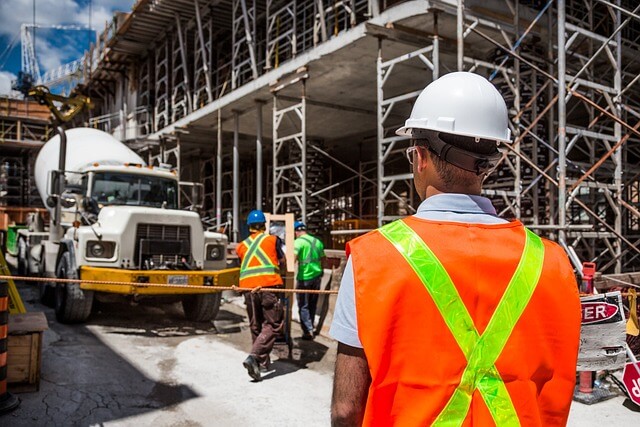Every work environment needs to be equipped with clean running water, even construction sites. Water is essential to perform building tasks and for the hygiene and welfare purposes of the workers on site. However, some construction sites are not based in an area where water is easily accessible, which means having water delivered to the site.
Keeping in mind the water crisis, construction site managers need to save on water usage while making sure to complete construction.
What is the Water Requirement for Construction Sites
The government regulates the water requirements in workplaces, and construction sites should have the following facilities:
- Clean running water for workers to be able to wash their hands.
- Showers- depending on what the job entails.
- Clean drinking water that is stationed in an accessible place.
- Flushable toilets
To figure out the specific type of drilling required for your site’s water needs, please visit horizontal directional boring and learn about their services and offerings.
What Do Construction Sites Need Water For?
On a construction site, there are many uses for water besides for the worker’s personal use. Some of the uses of water include:
- Concrete Batching- the process of mixing concrete ingredients.
- Drilling and piling – establishing a good foundation needed to build on.
- Chlorination – Used to treat dirty/used water to be safe enough to drink or dispose of properly by removing harmful chemicals.
- Dust Suppression – Removing dust from construction sites.
- Landscaping and Pond Filling- To fill ponds, sedimentation can be done on the silt laden water.
- Hydro-demolition- Using high-pressure water to remove tar or grout from materials.
- Grouting- water is used in the mixture to create the grout filling to fill in gaps between materials such as tiles.
Why Should Construction Sites Conserve Water?
Due to the amount of water used in construction sites, runoff water can damage the environment as it is filled with chemicals that can get into the area’s water supply or seep into the ground and cause illness and disease.
Construction companies can also adopt green practices to help conserve water and the environment to lessen the pollution caused by construction activities.
Here are some tips on how construction sites can manage and conserve the water used.
Separate clean water from used water:
Used water on construction sites has to be treated before being disposed of appropriately according to the laws on disposing of used water.
Keep the clean water clean and separate from the used water to ensure that it doesn’t get contaminated, and this will conserve water and save money on having to use treatment processes.
Divide the site water and the water for the workers:
Do not link your on-site drainage system to the same method you dispose of your clean water. Also, make sure that the system doesn’t run off into natural bodies of water where it can pollute the damage any life living within lakes/streams.
Slow down on the silt-laden water:
Silt-laden water is a mixture of sand and silt leftover from construction activities. Make sure to use shallow ponds to remove the sediments from the water when treating it.
Check the hose pipes used:
A leaky hose pipe can result in water wastage. Use a trigger gun on the head of the hose pipe so that you can control the flow of the water. When you are done using the hose pipe, ensure the tap is turned off, and there is no dripping of water going to waste.
Recycle the water:
Recycle water, so you don’t dirty fresh water for construction activities and can reuse some water. Using a concrete mixer also uses less water than doing it by hand.
Use proper equipment:
Use the appropriate gear when needed for construction activities to save on the amount of water you use.
Install a water meter:
Measuring the amount of water used can help you identify if there is any wastage and also help correct any problems that can be the cause of water wastage.
Monitoring water usage can also save on costs and minimize the amount of money spent on paying for water consumption.
Instead of water, use a curing agent:
Curing agents can substitute water in construction activities, such as mixing concrete. This helps save the use of water for other functions on-site.
Cover the construction site when not in use:
The sun can evaporate any water left open and unused. Use plastic to cover the structures or if you are using a curing agent so that it lasts longer and reduces the amount of curing agent needed for the activity.
Conclusion
Conserving water is necessary for saving water and cutting costs on the rates of water. Practicing greener methods will help educate others on preserving water.

The importance of water conservation on construction sites is fundamental for fostering sustainable practices and responsible development. Here are key aspects to appreciate about why construction sites should actively conserve water